Updated August 19, 2022
STAR-K
receives many questions about purchasing fresh fish from non-kosher stores or
sources. We hope this brief article will help clarify some of the confusion regarding
this topic.
For a fish to be kosher, the Halacha is that it needs to have fins and scales.[1] Furthermore, there is a rabbinic prohibition[2] to consume fish that has had the simanei kashrus (scales)[3] removed (e.g., a skinless fish fillet) without a Yehudi having confirmed that it was a kosher fish.
Stores with Kosher Supervision
In
stores or companies that are under STAR-K supervision, the fish are filleted
with a mashgiach present, and therefore one may buy any fish fillet without any
further concerns.
Skinless Fillet from a Non-Kosher Store or Source
Purchasing
skinless fish either from a store that is not kosher supervised, or that was
not sealed in a package bearing a reliable kosher symbol, is not permissible. STAR-K
does not consider the color of a fish […]



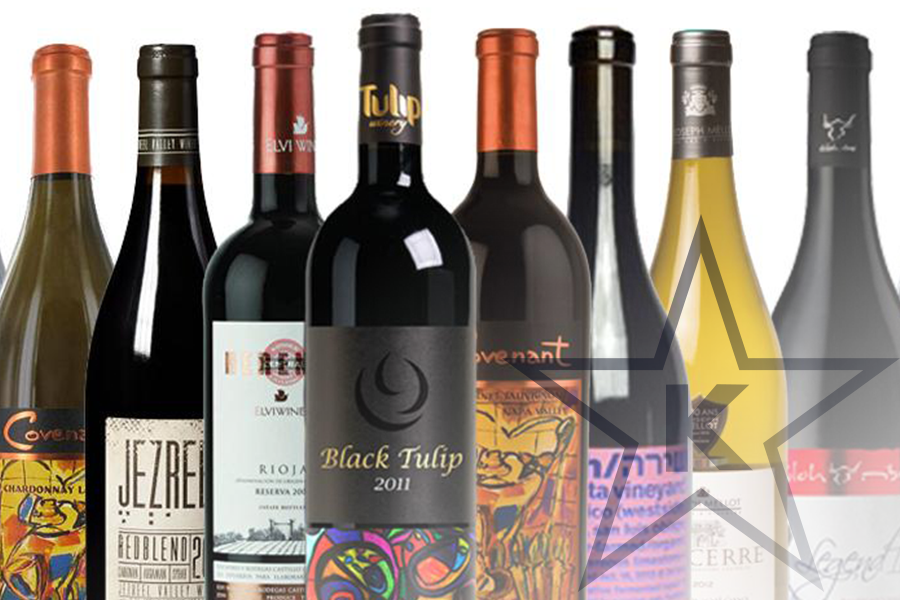


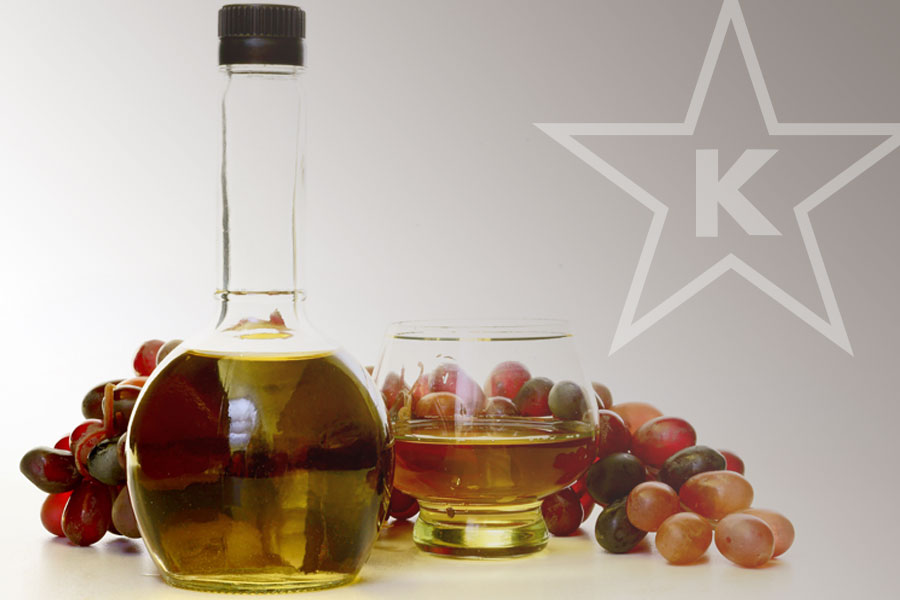


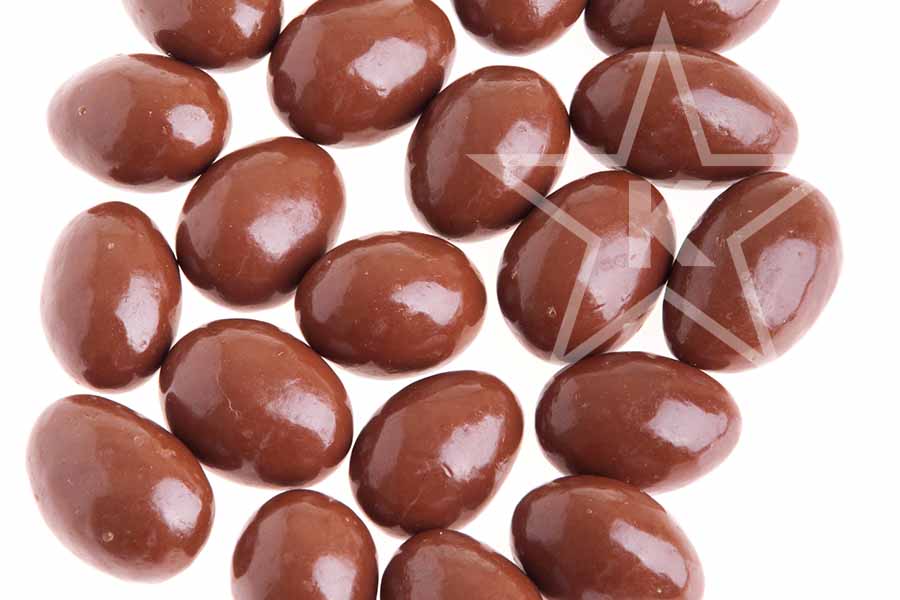


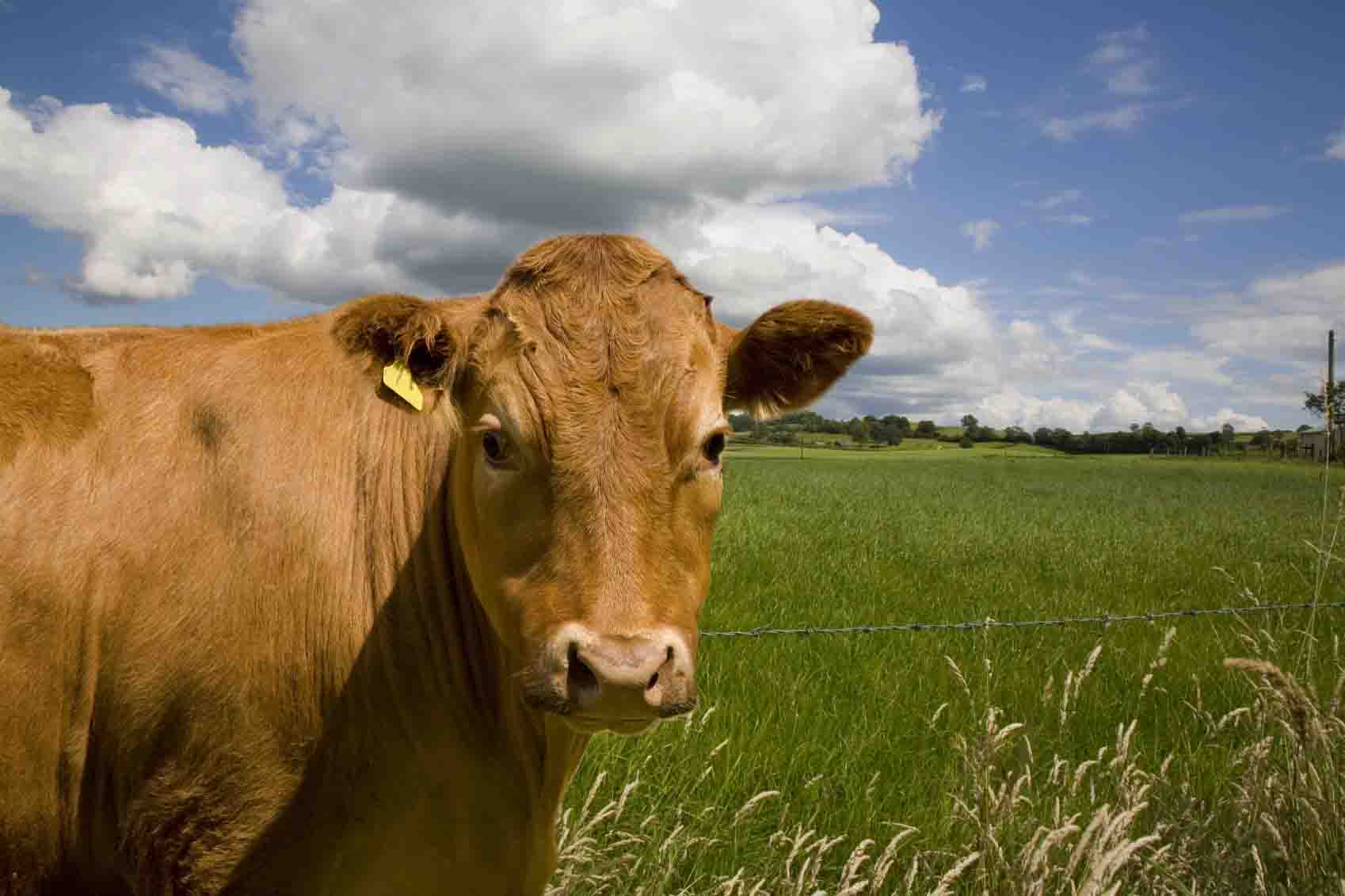

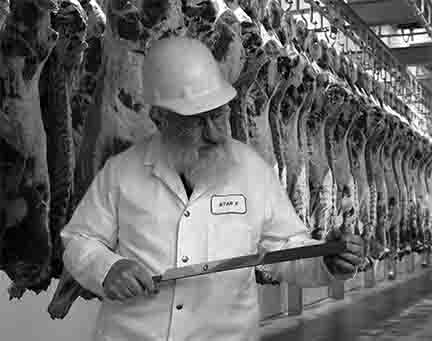








 STAR-D
STAR-D STAR-S
STAR-S